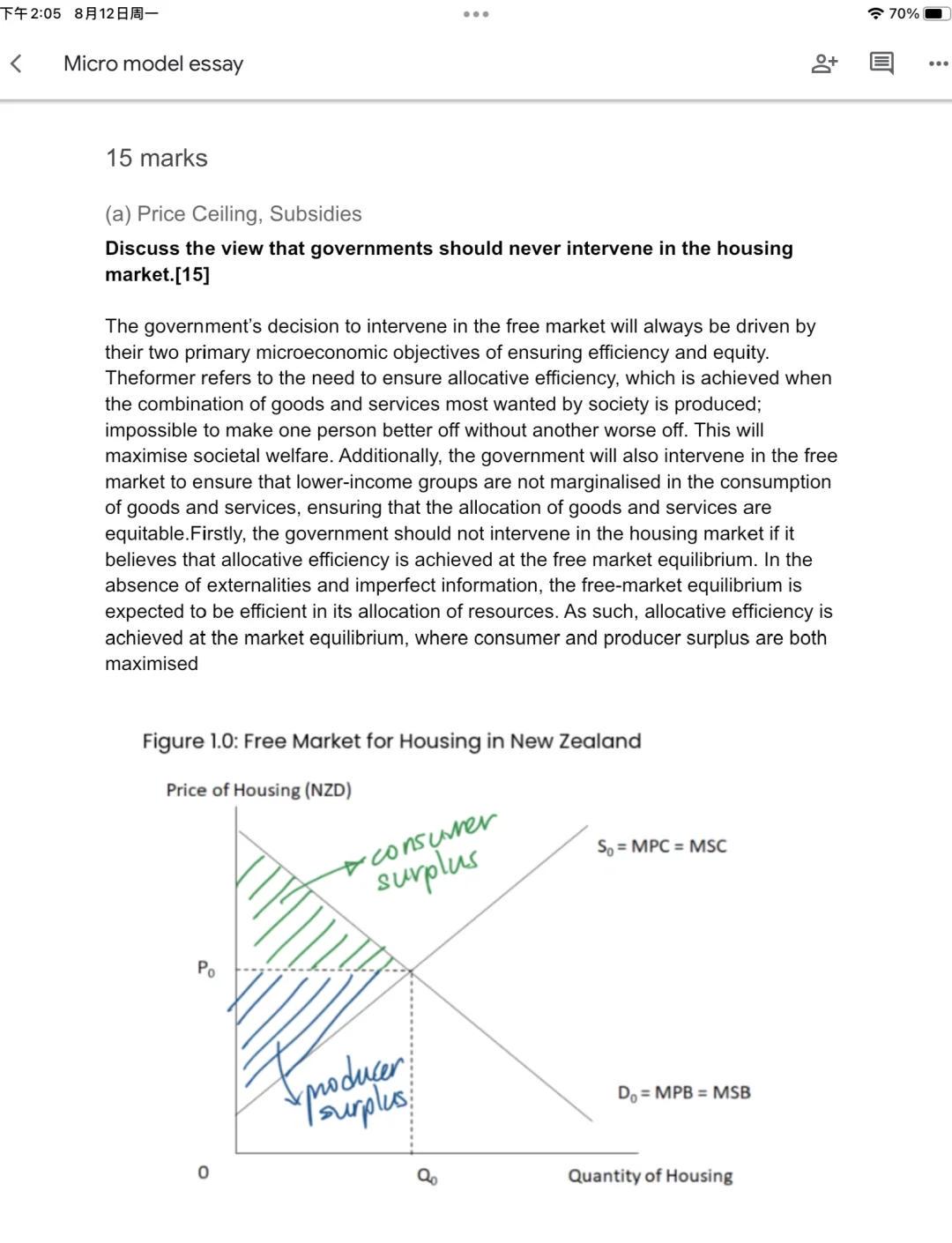=========================================
Volatility forecasting lies at the heart of modern quantitative finance, risk management, and algorithmic trading. Among the most widely used tools is the Generalized Autoregressive Conditional Heteroskedasticity (GARCH) model, which provides a robust statistical framework to measure and predict how volatility evolves over time. In this article, we will give a comprehensive explanation of how GARCH predicts market volatility, compare it with alternative approaches, and provide practical insights into its applications in trading and financial analysis.
Understanding Market Volatility
What Is Volatility?
Volatility refers to the degree of variation in asset returns over time. High volatility signals greater uncertainty and larger price swings, while low volatility indicates more stability. For traders, volatility is both a risk factor and a profit opportunity.
Why Forecast Volatility?
- Risk management: Hedge funds, banks, and asset managers rely on volatility forecasts to determine position sizing, stop-loss levels, and capital reserves.
- Options pricing: Models like Black-Scholes require volatility as a core input. Accurate predictions lead to better valuations.
- Trading strategies: Volatility forecasts can power mean-reversion, momentum, and arbitrage systems.
The GARCH Model Explained
What Is GARCH?
The GARCH model, developed by Tim Bollerslev in 1986, builds on the ARCH model by Robert Engle (1982). It explains volatility as a dynamic process, where today’s volatility depends not only on past shocks (squared returns) but also on its own past values.
Mathematically, for a GARCH(1,1) process:
rt=μ+ϵt,ϵt∼N(0,σt2)r_t = \mu + \epsilon_t, \quad \epsilon_t \sim N(0, \sigma_t^2)rt=μ+ϵt,ϵt∼N(0,σt2)
σt2=α0+α1ϵt−12+β1σt−12\sigma_t^2 = \alpha_0 + \alpha_1 \epsilon_{t-1}^2 + \beta_1 \sigma_{t-1}^2σt2=α0+α1ϵt−12+β1σt−12
Where:
- rtr_trt: asset return at time ttt
- σt2\sigma_t^2σt2: conditional variance (volatility) at time ttt
- ϵt−12\epsilon_{t-1}^2ϵt−12: previous squared residual (shock)
- α1,β1\alpha_1, \beta_1α1,β1: parameters controlling reaction to shocks and persistence
How Does GARCH Predict Volatility?
GARCH captures two core dynamics of financial markets:
- Volatility clustering: Periods of high volatility tend to follow high volatility, and calm periods follow calm periods.
- Mean reversion: Volatility eventually reverts to a long-term average.
By recursively updating conditional variance estimates, GARCH provides short-term and medium-term forecasts of volatility.
Practical Example: Applying GARCH to Market Data
Imagine analyzing the S&P 500 index. By fitting a GARCH(1,1) model to daily returns:
- During crises (e.g., 2008, 2020), the model forecasts sharp spikes in volatility.
- During stable markets, the forecast gradually declines toward the long-term variance.
This predictive quality makes GARCH indispensable for hedging strategies and risk-adjusted portfolio allocation.
Volatility clustering is a key feature that GARCH captures, showing persistent periods of turbulence followed by stability.
Comparing GARCH with Alternative Volatility Models
1. GARCH vs. Historical Volatility
- Historical volatility calculates the standard deviation of past returns.
- It assumes volatility is constant over the lookback period.
- GARCH, by contrast, adapts to changing market conditions.
Verdict: GARCH is more responsive to regime shifts.
2. GARCH vs. Implied Volatility
- Implied volatility (IV) comes from options markets, reflecting traders’ expectations.
- IV is forward-looking, while GARCH is backward-looking (statistical).
Verdict: Combining GARCH with IV can provide more robust predictions.
3. GARCH vs. Stochastic Volatility Models
- Stochastic models assume volatility itself follows a random process.
- They are theoretically rich but computationally more complex.
Verdict: GARCH strikes a balance between simplicity and effectiveness.

Real-World Applications of GARCH
Risk Management
Banks use GARCH to estimate Value-at-Risk (VaR), ensuring capital reserves cover potential losses.
Options Pricing
GARCH-based volatility inputs often improve upon traditional Black-Scholes assumptions.
Algorithmic Trading
Systematic strategies use GARCH forecasts to adjust leverage, position sizes, and entry/exit thresholds dynamically.
GARCH forecasts feed into options pricing, risk models, and systematic trading strategies.
Strategies for Using GARCH in Trading
Strategy 1: GARCH-Enhanced Mean Reversion
- Idea: Enter trades when returns deviate significantly from expected levels, scaled by forecasted volatility.
- Advantage: Adjusts position size according to market conditions.
- Limitation: Sensitive to parameter mis-specification.
Strategy 2: Volatility-Regime Switching
- Idea: Use GARCH forecasts to classify markets into “high-vol” and “low-vol” regimes.
- Execution: Deploy trend-following in high-volatility phases and mean-reversion in low-volatility phases.
- Advantage: Aligns strategies with market regimes.
- Limitation: Requires frequent recalibration.
Best Practice: A hybrid approach combining GARCH volatility forecasts with implied volatility signals tends to perform best, balancing statistical rigor with market expectations.

Integrating GARCH into Broader Quantitative Frameworks
To go beyond a single model, traders often explore:
- How does GARCH model work in quantitative trading? – Understanding integration with backtesting frameworks ensures more reliable deployment.
- Where to apply GARCH in quantitative finance? – Beyond trading, GARCH is used in risk oversight, credit modeling, and even macroeconomic forecasting.
Embedding GARCH insights into multi-factor models ensures broader predictive power and robustness.
From trading desks to risk committees, GARCH plays a central role in modern finance.
FAQs: How GARCH Predicts Market Volatility
1. Is GARCH suitable for all markets?
Not always. GARCH works best in liquid markets with strong volatility clustering. In illiquid or highly manipulated assets, its predictive power diminishes.
2. How do I implement GARCH in practice?
You can use Python libraries like arch and statsmodels. After fitting a model to historical returns, generate forecasts and integrate them into your trading or risk models.
3. Can GARCH predict sudden black swan events?
No model fully predicts black swans. GARCH captures volatility persistence but not rare, exogenous shocks. However, it quickly adapts once shocks occur, updating forecasts accordingly.
Final Thoughts
So, how does GARCH predict market volatility? By modeling the persistence and clustering of volatility, GARCH provides statistically grounded forecasts that inform trading, risk management, and derivatives pricing. While not flawless—particularly in extreme tail events—it remains a cornerstone tool in quantitative finance.
If you are a trader, analyst, or data scientist, experimenting with GARCH can significantly enhance your understanding of market dynamics and improve decision-making.
👉 What do you think about using GARCH in your strategies? Share your experiences, ask questions, or forward this article to colleagues who want to deepen their knowledge of volatility forecasting.
Would you like me to also create a Python-based step-by-step example with code snippets showing how to fit and forecast a GARCH model on real market data? That could make the article even more practical and appealing.

0 Comments
Leave a Comment